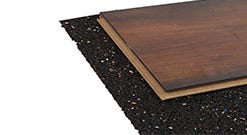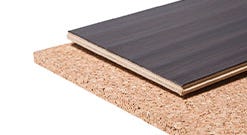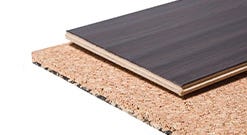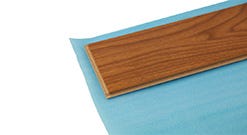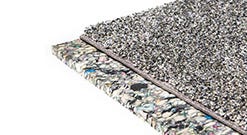
Choosing the right underlayment is key to getting the most out of your flooring. At Flooring Inc., we offer a variety of underlayments designed to enhance comfort, durability, and performance. Whether you're looking for added warmth, sound reduction, or moisture protection, we have the perfect solution. From foam underlayment, a top choice for floating floors and carpet, to rubber underlay, known for its versatility and ease of installation, we provide options for every flooring need.
Cork underlayment is an excellent choice for multi-level homes, apartments, and condos, offering natural sound absorption and insulation. If you need extra crack suppression under tile or hardwood, our rubber/cork hybrid underlayment delivers the best of both worlds. No matter what type of flooring you're installing, our high-quality underlayments provide the support and protection needed for a long-lasting, comfortable surface. Explore our collection today to find the perfect fit for your space.




